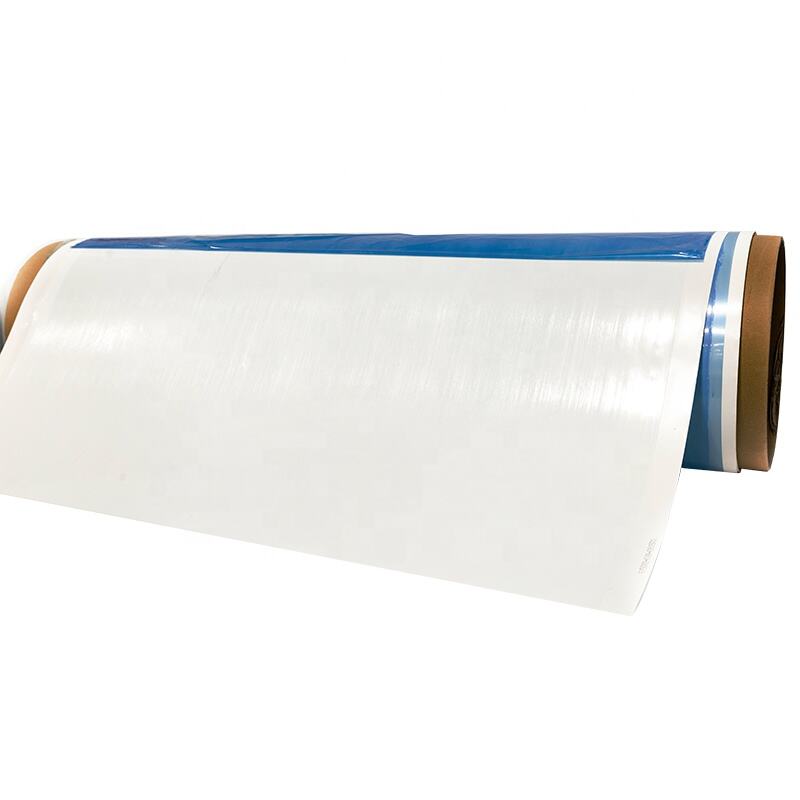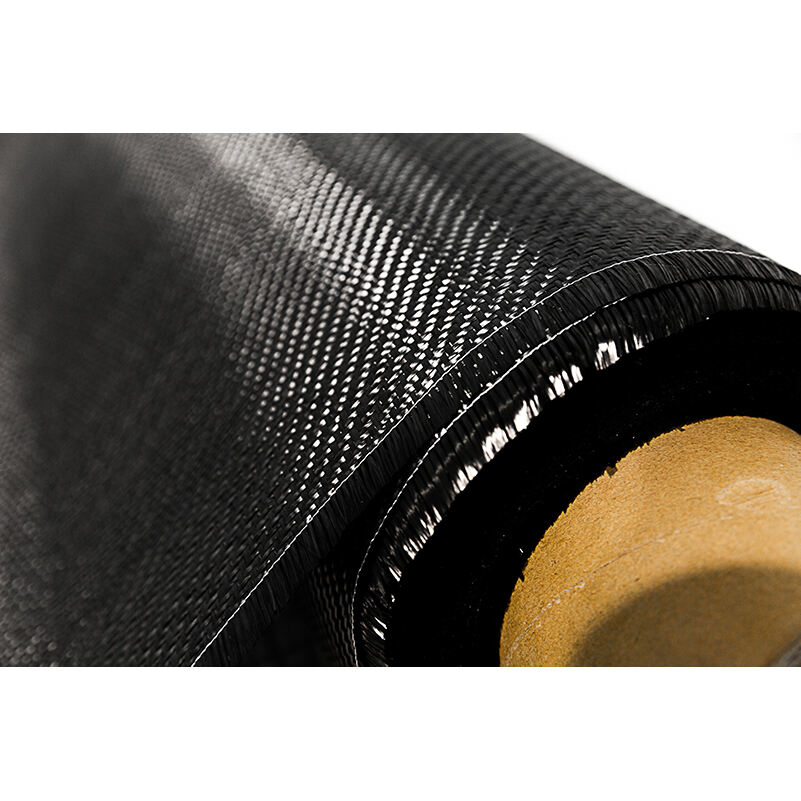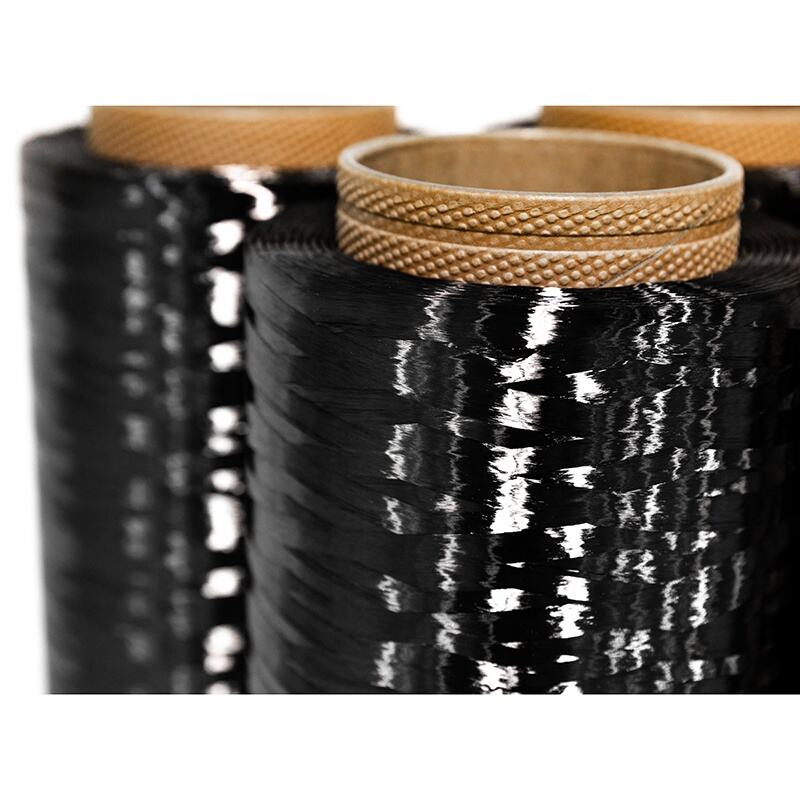unidirectional carbon fiber
Unidirectional carbon fiber represents a specialized form of composite material where all carbon fibers are aligned in a single direction, creating a structure with exceptional strength and performance characteristics. This innovative material consists of parallel carbon fiber strands embedded in a resin matrix, optimizing strength along the fiber direction. Unlike conventional woven carbon fiber fabrics, unidirectional carbon fiber maximizes the material's mechanical properties in the primary load-bearing direction. This unique arrangement allows for superior tensile strength and stiffness in the fiber orientation, making it particularly valuable in applications requiring specific directional reinforcement. The material's construction enables engineers and designers to precisely control strength properties by layering multiple sheets in different orientations, creating tailored solutions for specific structural requirements. Commonly utilized in aerospace, automotive, sports equipment, and high-performance applications, unidirectional carbon fiber delivers outstanding strength-to-weight ratios while maintaining design flexibility. The material's ability to be precisely engineered for specific load cases makes it invaluable in creating lightweight yet incredibly strong components, particularly in situations where weight reduction is crucial without compromising structural integrity.


